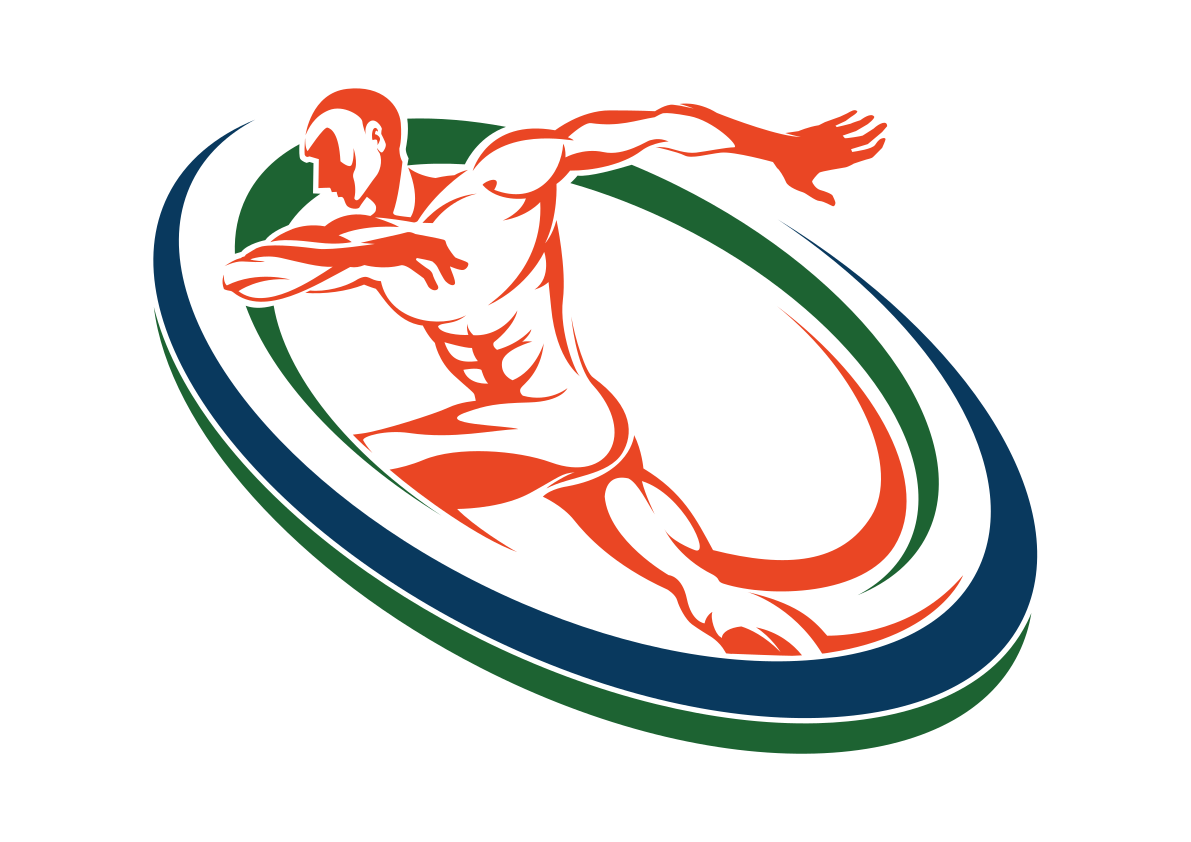WHAT IS THE CAUSE OF MY LOWER BACK PAIN?
There are many potential causes of lower back pain, including muscle strain, nerve irritation, lumbar subluxation, and lumbar radiculopathy. In addition, lower back pain can be caused by structural problems with the spine, such as degenerative disc disease, scoliosis, or spinal stenosis. Other potential causes of lower back pain include osteoarthritis, kidney stones, and fibromyalgia. In some cases, the cause of lower back pain may not be known.
It is important to see a chiropractor for a proper diagnosis and treatment plan for lower back pain. The treatment will depend on the underlying cause of the pain, but in most cases seen at our office, treatment will include a few or all of the following therapies:
Chiropractic Spinal Adjustments to the thoracic spine, lumbar spine, and pelvis
Myofascial Therapy to the thoracic muscles, lower back muscles, gluteus muscles, hip flexors
Stretching of the hamstrings and gluteus muscles (frequent causes of lower back pain)
Strengthening of the core musculature and hips
Foam rolling to the thoracic muscles, lower back muscles, gluteus muscles, hamstrings, quadriceps muscles, IT band, adductor muscles.
Vibration Therapy using a massage gun (Theragun/Hypervolt)
TIGHT MUSCLES
Tight muscles in the hips and legs are the primary cause of lower back pain. The muscles in the hips and legs, particularly the hip flexors, glutes, and hamstrings, are all connected to the spine and can affect its alignment and mobility.
When these muscles are tight, they can pull on the spine and muscles of the lower back, causing misalignment, muscle strain, and muscle fatigue. This can lead to lower back pain, especially if the tightness is chronic and not addressed. In addition, tight muscles in the hips and legs can also contribute to poor posture, which can further strain the lower back.
One common cause of tight muscles in the hips and legs is a sedentary lifestyle, in which we spend long periods of time sitting or standing in one position. This can lead to muscle imbalances, as certain muscles are overused and others are underused. Poor posture and improper body mechanics during activities like lifting and carrying can also contribute to muscle tightness.
To help prevent or alleviate lower back pain caused by tight muscles in the hips and legs, it is important to engage in regular stretching, foam rolling, and exercise. Stretching and foam rolling the hip flexors, glutes, and hamstrings can help improve flexibility and reduce muscle tightness. In addition, activities like yoga, Pilates, and other exercises that focus on core strength and proper alignment can help improve posture and reduce strain on the lower back.
It is also important to pay attention to body mechanics when performing activities that require lifting or carrying, as improper form can lead to muscle strain and lower back pain. Seeking the guidance of a chiropractor or other healthcare provider can be helpful in developing an exercise and foam rolling program that is tailored to your needs and goals. Overall, taking care of the muscles in the hips and legs can help prevent or alleviate lower back pain and improve overall health and well-being.
NERVOUS SYSTEM DYSFUNCTION
Mechanoreceptors are specialized nerve endings that are sensitive to mechanical pressure and movement. They are found in various tissues throughout the body, including the muscles, tendons, and ligaments. Dysfunction of these mechanoreceptors can contribute to lower back pain.
Mechanoreceptors are important for providing the brain with information about the position and movement of the body. When they are not functioning properly, the brain may not receive accurate information about the position and movement of the spine and surrounding tissues. This can lead to muscle imbalances, chronic muscle tightness, and improper movement patterns, which can contribute to lower back pain.
Mechanoreceptor dysfunction can be caused by various factors, including muscle spasms, scar tissue, and inflammation. It can also be a result of structural problems with the spine, such as degenerative disc disease or spinal stenosis.
Treatment for mechanoreceptor dysfunction may involve myofascial therapy techniques, such as sports massage, Active Release Therapy, trigger point therapy, or spinal manipulation, to help improve the function of the mechanoreceptors. Physical therapy and exercise may also be used to improve muscle strength and balance, which can help alleviate lower back pain. In some cases, medications may be recommended for inflammation and pain. It is important to see a chiropractor for a proper diagnosis and treatment plan.
SCHEDULE AN APPOINTMENT NOW BY CLICKING ON THE ORANGE BUTTON ABOVE!
